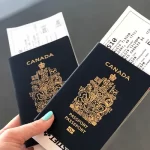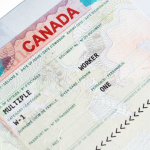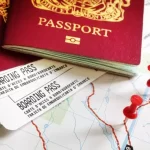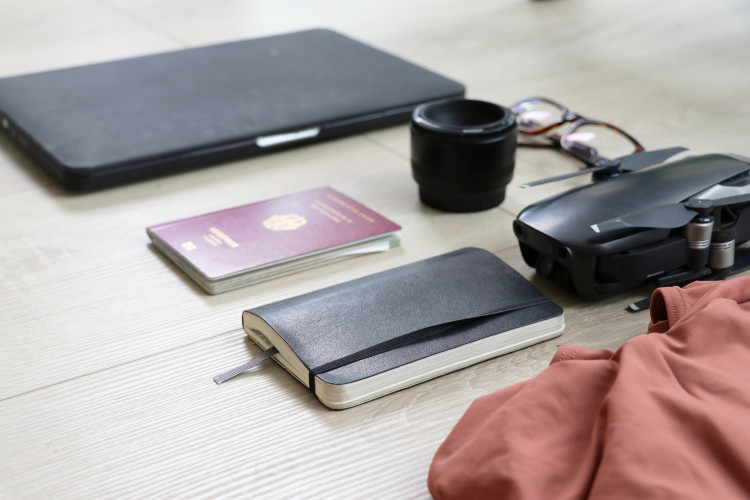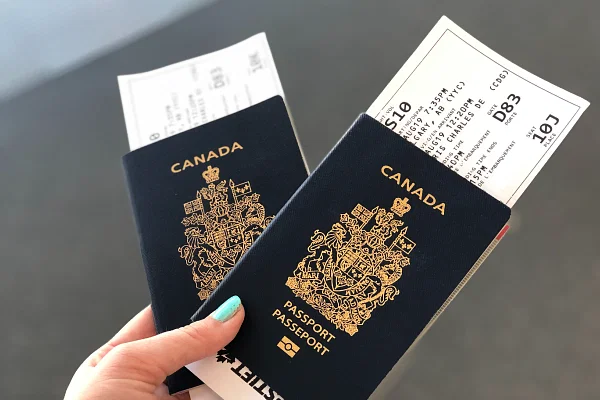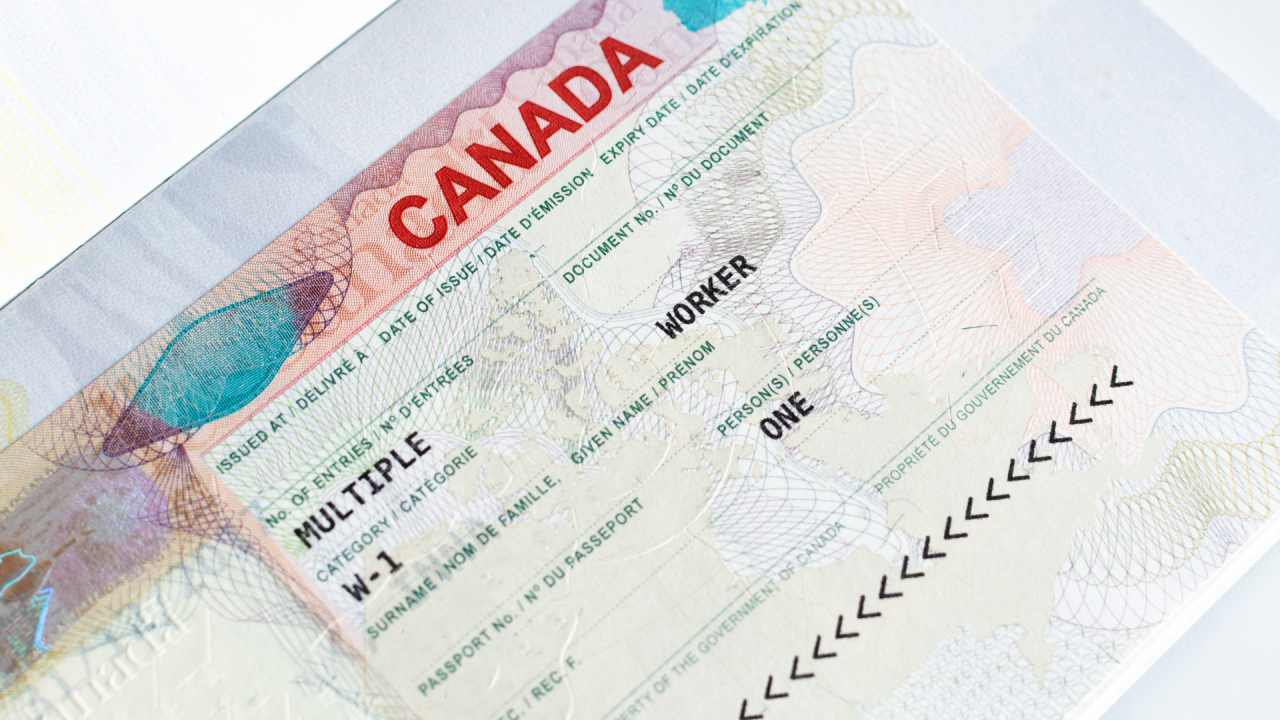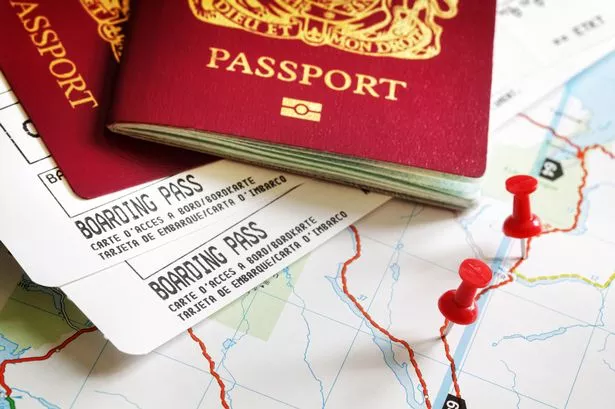India is a land of vibrant culture, stunning landscapes and rich history. It’s no wonder that people from all over the world are eager to explore this magnificent country. However, before you can pack your bags and set off on your Indian adventure, there is one vital task that needs to be tackled: applying for an Indian visa. Filling out a visa application can be a daunting process, but fear not! In this blog post we will guide you through the common mistakes made when filling out an Indian visa application and provide tips on how to avoid them. So grab a cup of chai and let’s get started!
What is an Indian Visa?
If you are planning to visit India for tourism or business, you may need a visa. A visa is basically a document that allows you entry into a country. Different types of visas require different types of documents to be submitted with your application. The most common type of visa is the tourist visa, which allows visitors to stay in India for up to 30 days. To apply for a tourist visa, you will need to provide proof of your travel arrangements, a passport photo, and the fee associated with the visa type you are applying for. Indian Visa Application
To apply for an Indian visa, you will first need to arrange an appointment with an Indian embassy or consulate. You can find the nearest Indian embassy or consulate by clicking this link: http://indianembassyworldwide.com/en/find-an-indian-embassy/. After arranging an appointment, you will need to submit your documentation and pay the applicable fee. The following are some of the documents that may be required when applying for an Indian visa:
-Your passport
-A photocopy of your passport page containing your visa entry stamp
-Proof of travel arrangements (ie.: airline tickets, hotel reservations)
-A letter from your hotel or other accommodation confirming that they will host you during your visit
-A letter from your employer confirming that you will be in India for business purposes only
-If applying as a student: A valid ID card (driver’s license or state identification card is generally
Types of Indian Visas
There are a few different types of Indian visas that you may be eligible for, depending on your nationality and the purpose of your visit. Indian Visa Online
The most common type of Indian visa is the tourist visa. This allows visitors to stay in India for up to 60 days so they can explore the country. You will need to provide proof of your travel arrangements and a valid passport.
If you are visiting family or friends in India, you may be eligible for an intra-country visa. This allows you to stay in India for up to 90 days and visit any number of cities or towns within the country. Again, you will need to provide proof of your travel arrangements and a valid passport.
If you are visiting India as part of an organized tour, you may be eligible for a business visa. This allows you to stay in India for up to six months and conduct business activities related to your profession. You will need to provide evidence that your trip is legitimate and a valid passport.
Finally, if you are visiting India for educational purposes, you may be eligible for an academic or research visa. This allows you to stay in India for up to 12 months and study at any accredited institution. You will need to provide evidence that your trip is legitimate and a valid passport.
How to Apply for an Indian Visa
If you are planning to visit India, or if you are already in the country and want to extend your stay, you will need to apply for a visa. There are several ways to apply for a visa, and the process can vary depending on your nationality.
To apply for an Indian visa online, you will need a valid passport photo, your travel document (like a plane ticket), and the visa application form that you can find here. You will also need to provide your full name (including any middle names), date of birth, address in India (or where you are staying while in India), contact information (including phone number and email address), and proof of financial support (like a letter from your employer). If you are applying for a tourist visa, you will also need to provide evidence that you have enough money to cover your stay in India.
You can submit your application online using the website of the Indian embassy or consulate that is closest to where you live. You should confirm the dates of validity of your visa before submitting your application. Most visas require at least two weeks advance notification, so make sure that you submit your application at least two weeks in advance of when you plan on arriving in India.
If you are applying for a business or family visa, you will need to submit additional documentation like an outline of your planned trip (including dates), letters from friends and family members supporting your stay in India, and business plans. Some consulates require applicants to
How to Verify your Application Status
If you are applying for an Indian visa online, it is important to verify your application status as soon as possible. Below are some tips on how to do this:
1. Check the “application status” link on the Indian embassy or consulate website where you submitted your application. This will give you a quick overview of your application and what steps remain.
2. If you have received a letter from the Indian embassy or consulate stating that your application has been received, but is still being processed, check the “processing time” column to see when your application might be ready for review. Embassy or consulate staff may contact you if there are any delays in processing your application.
3. If you have not received any correspondence from the Indian embassy or consulate yet, but know that your application has been submitted, go to the “application status” link and click on “view details.” This will give you more specific information about your application, such as the date it was submitted and whether it has been scanned or photographed.
Conclusion
If you are planning on traveling to India, it is important that you familiarize yourself with the Indian visa application process so that you avoid common mistakes. By following these tips, you will be able to avoid long wait times and bureaucratic hassles, and enjoy your trip hassle-free. Thanks for reading!






















